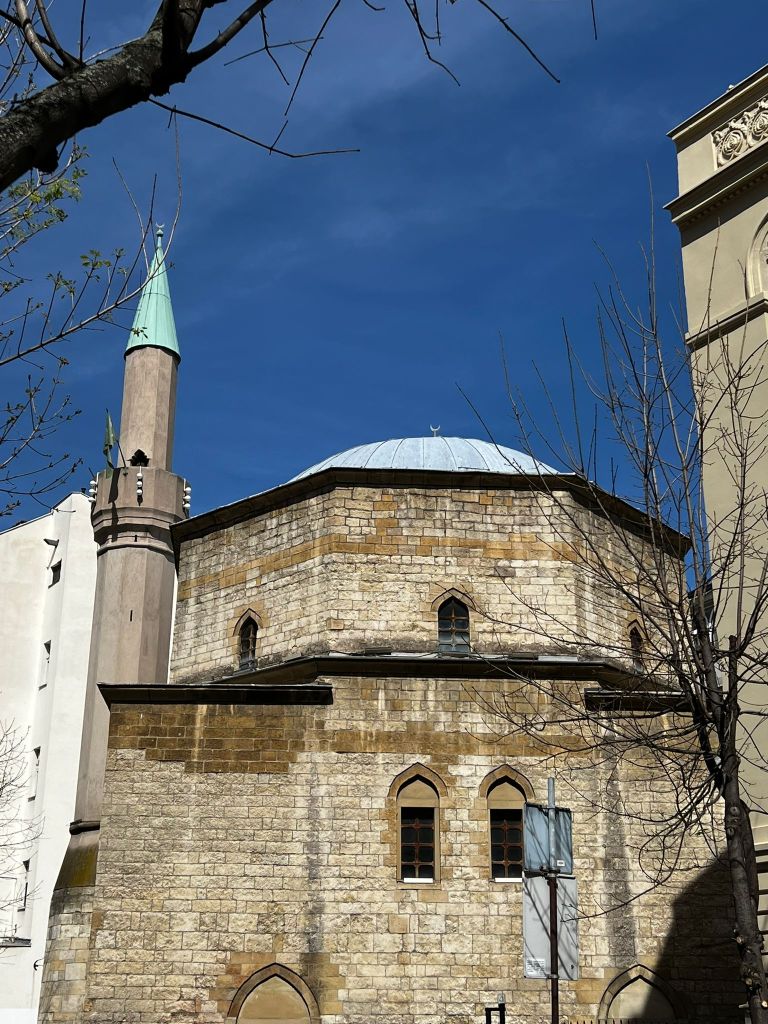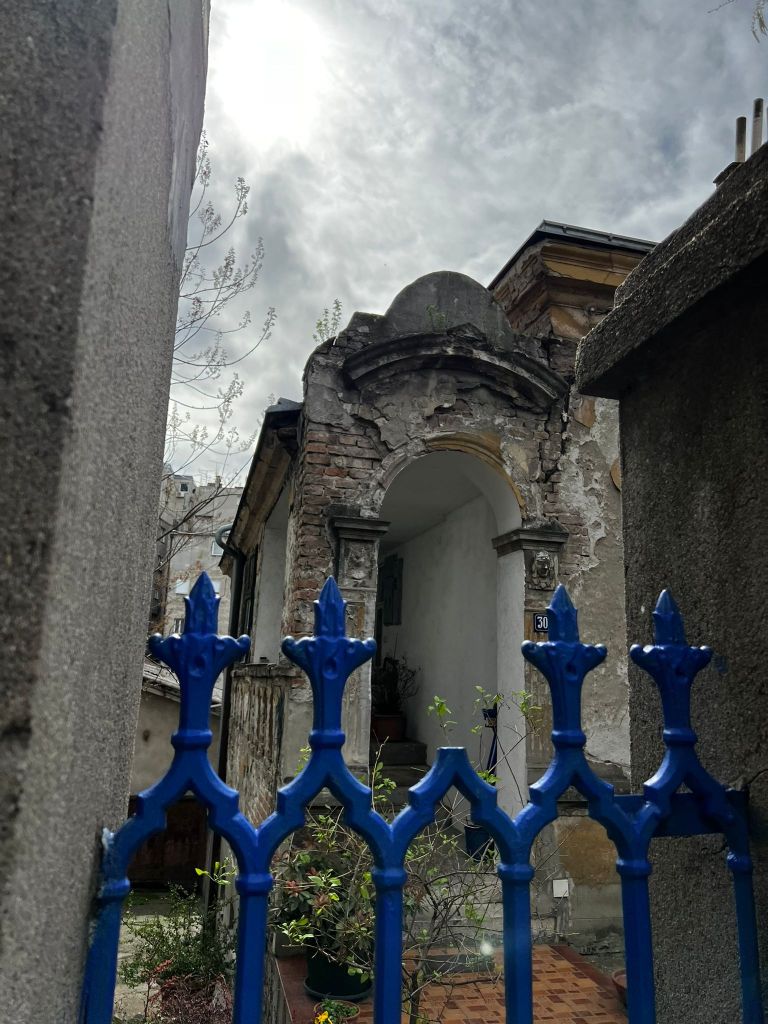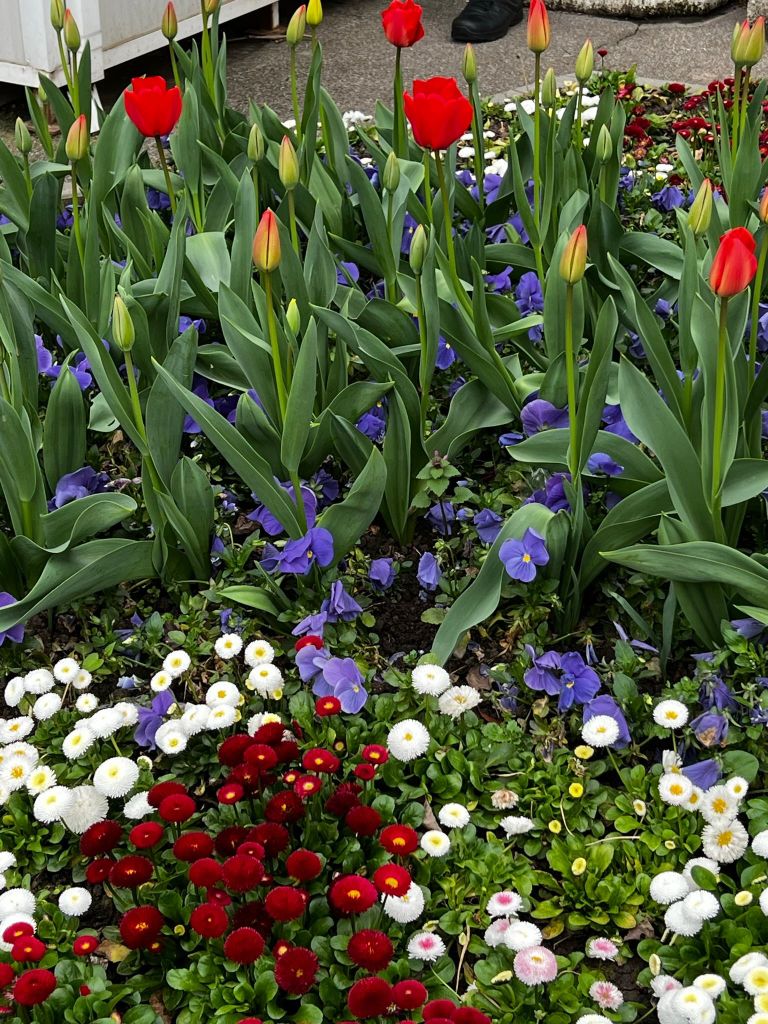Belgrade, unassuming at first- finds a way directly to your heart, tugging at it as you patiently unravel the many hidden layers of this hilly city by the Danube and Sava.
I met Miloš in the streets of Belgrade, at TRG Republike. He was dressed impeccably in a cute T-shirt – pink-themed, and paired with black denims. We walked across to Amélie, a French-themed café, and talked for hours about his childhood in the former Yugoslavia, of his mother’s fascination for Tito, of the raw power of the entente with several countries across Africa and Asia and of the eventual rise in nationalism and disintegration of friendly relationships with people that were to be separated by an inescapable border. This took a dark turn, when eventually he told me about how he remembers cowering towards the bomb shelters when NATO bombed the civilian areas of the city in 1999. Just beside us, the quiet sewing machine tables, rustling leaves and magnificent full moon gave company.
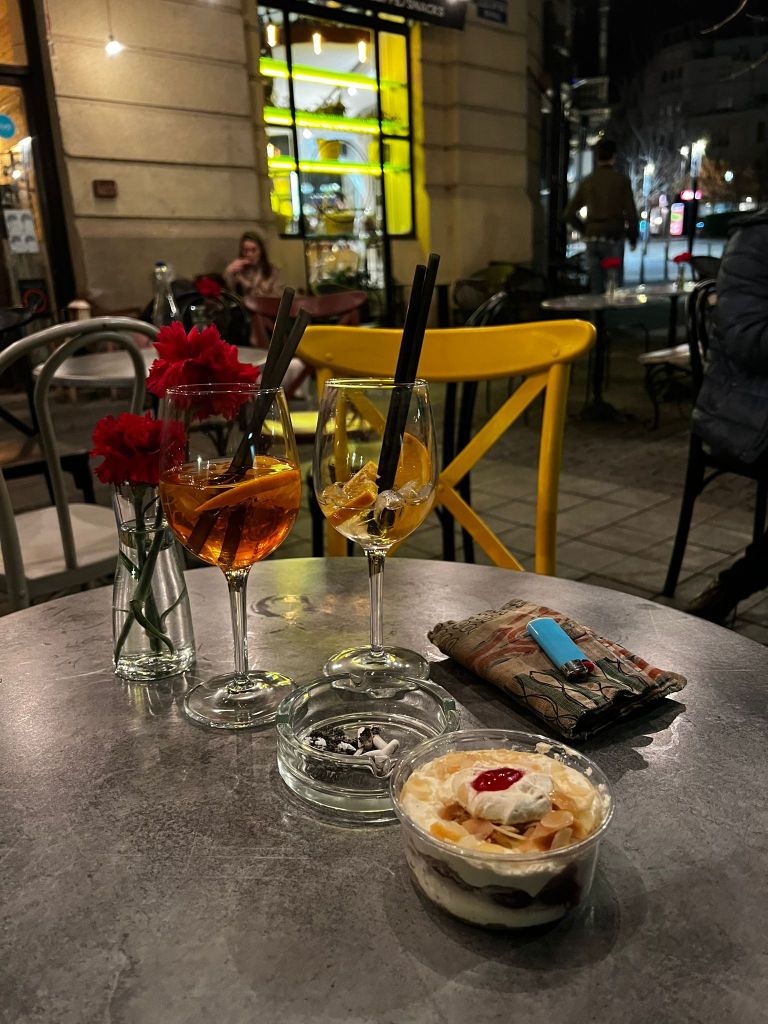

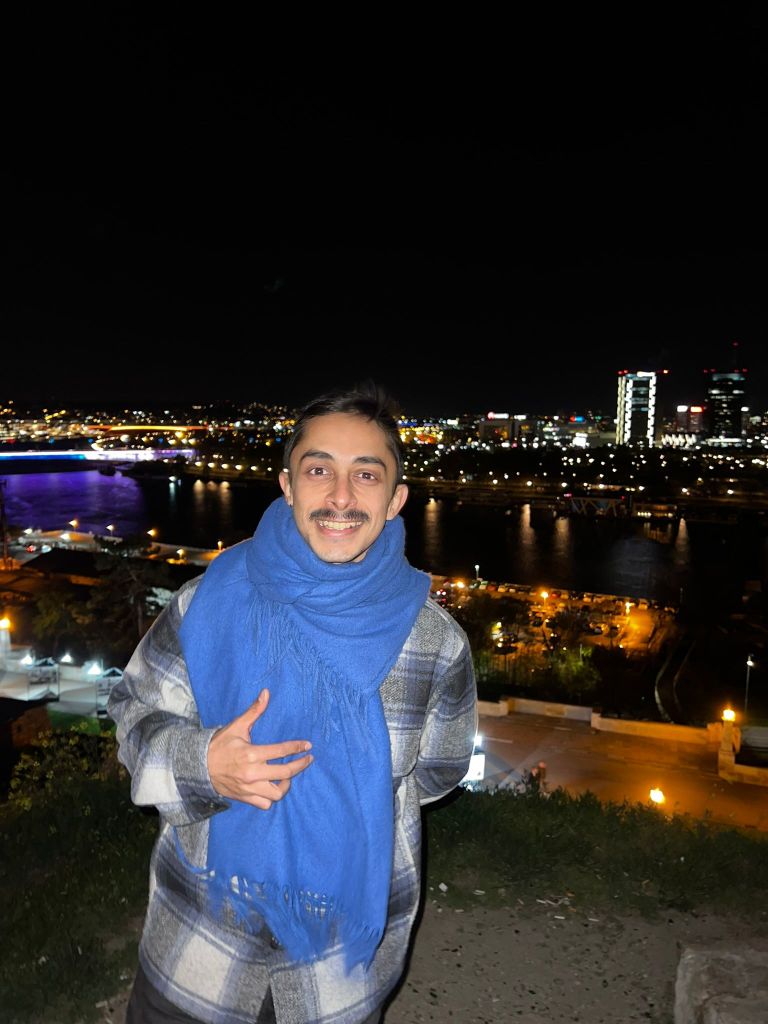
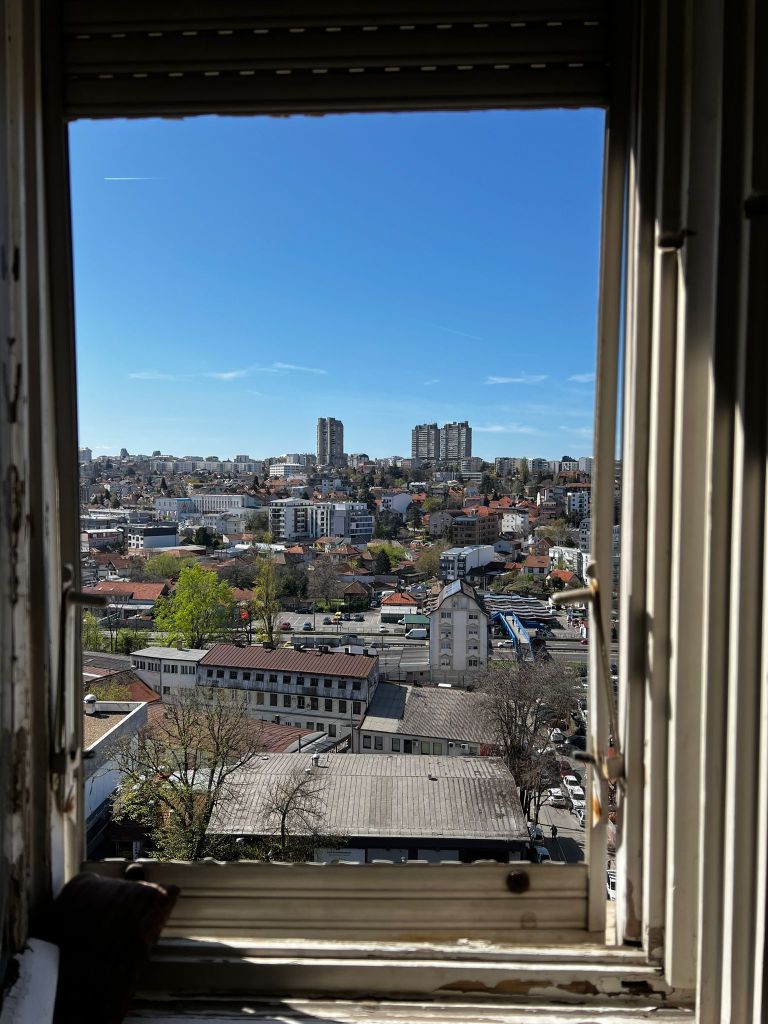
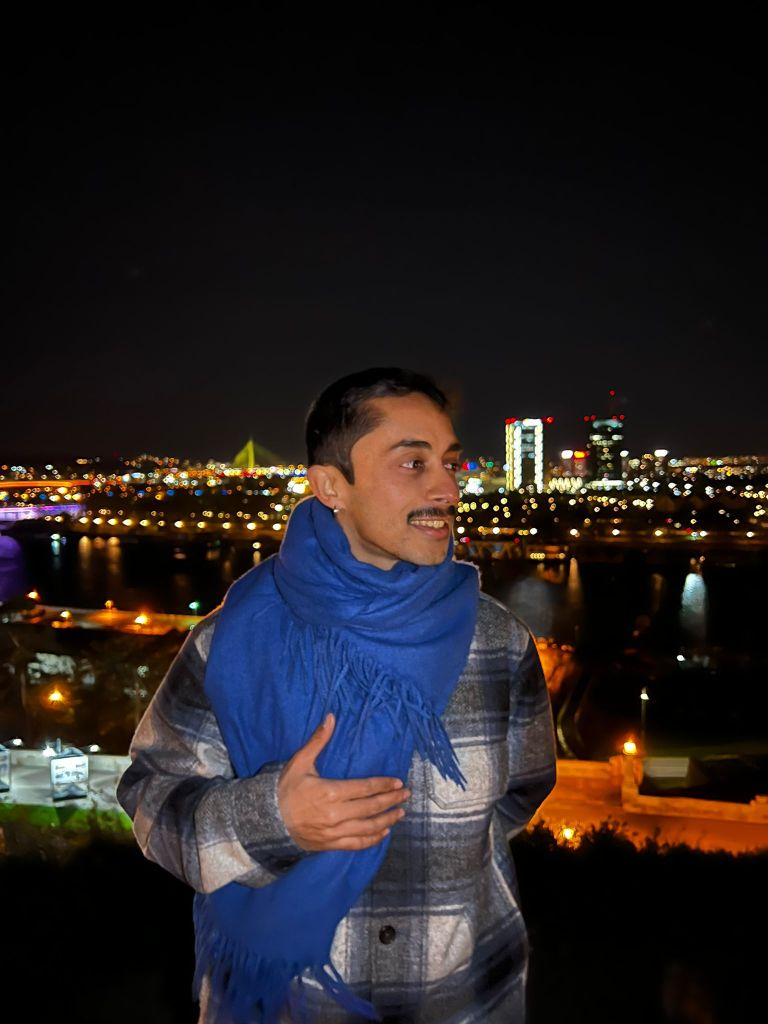
Miloš works as a performance artist, and tries to bring back some of that magic – of a shared and cherished identity. Flawed in how an certain identity (and language) dominated others, but a common feeling of community nonetheless. He talked of how music can bring together emotions, tunes, and memories of people across Bosnia, Croatia, Montenegro and Albania. Of how this reflected, very much, in how India was partitioned into two nations – and even how Coke Studio bridges that cataclysmic chasm created by war-mongering politicians.
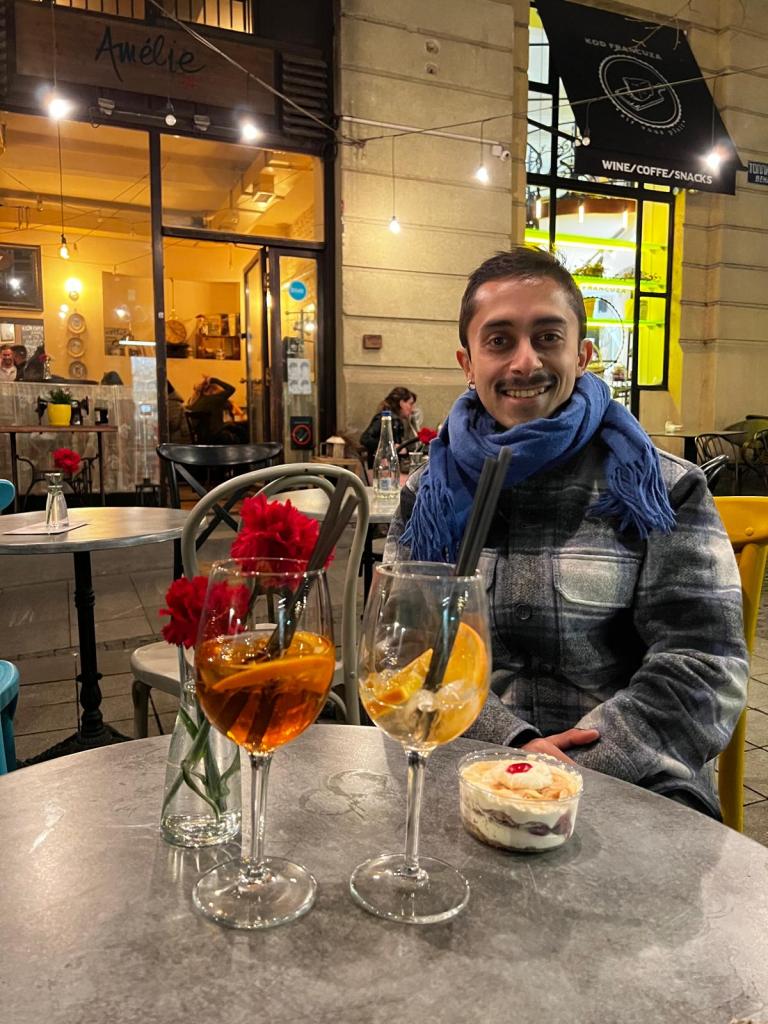
We walked up from Knez Mihailova to the Belgrade fortress. And immediately, we were delighted to see people dancing to timeless Roma tunes, young couples watching the city and bridges just over the ledge and adventure seekers climbing to what is the highest point in the city – that has a bold statue of a naked man, reimagined as a symbol of the victorious nation. In the distance, we could see miles of forest. This is land that was reclaimed by the trees, as the river changed its course and left behind fertile silt. I hear of how, as a local, you could spend a starry night with friends at the little beach by the riverbank, and just be amazed at the quiet majesty of the meeting point of two great rivers. And probably make barbecue the next morning. We then passed by the Bohemian quarter, Skadarlija, and head to Dorćol – a quarter with an abandoned beer factory repurposed into a bunch of rooftop pubs, and a free space for graffiti artists and an underground music scene. I down my drink of “rakija”- infused with herbs to knock out some of the acerbic punch, and feel just as in love with the place as my grandfather had when he had visited in his youth. “Beograd is just so beautiful, just as its people- both men and women,” my grandfather told me on several occasions. As I took the public transport a little distance away, I decided to get off one stop early, to soak in the sights, smells and moonlight washed over undulating city streets, and felt in that moment, exactly as my grandfather did 60 years before me.

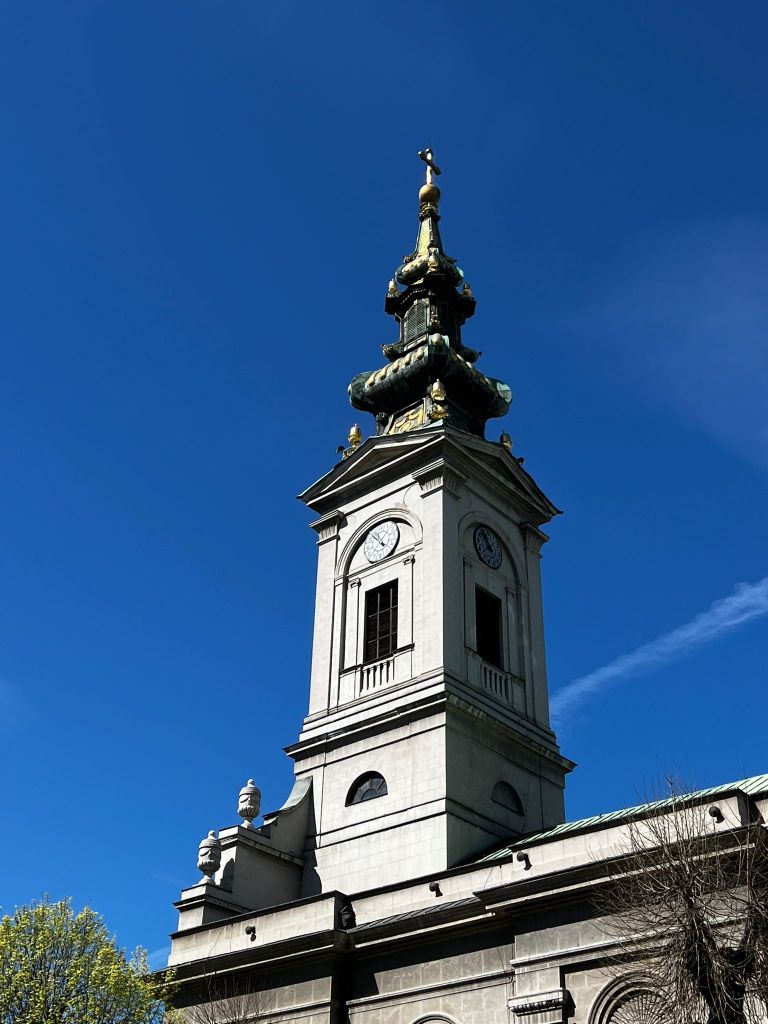
Places to eat at
1) Znak Pitanja – super cute place (especially for breakfast on a sunny day), overlooked a super pretty Church
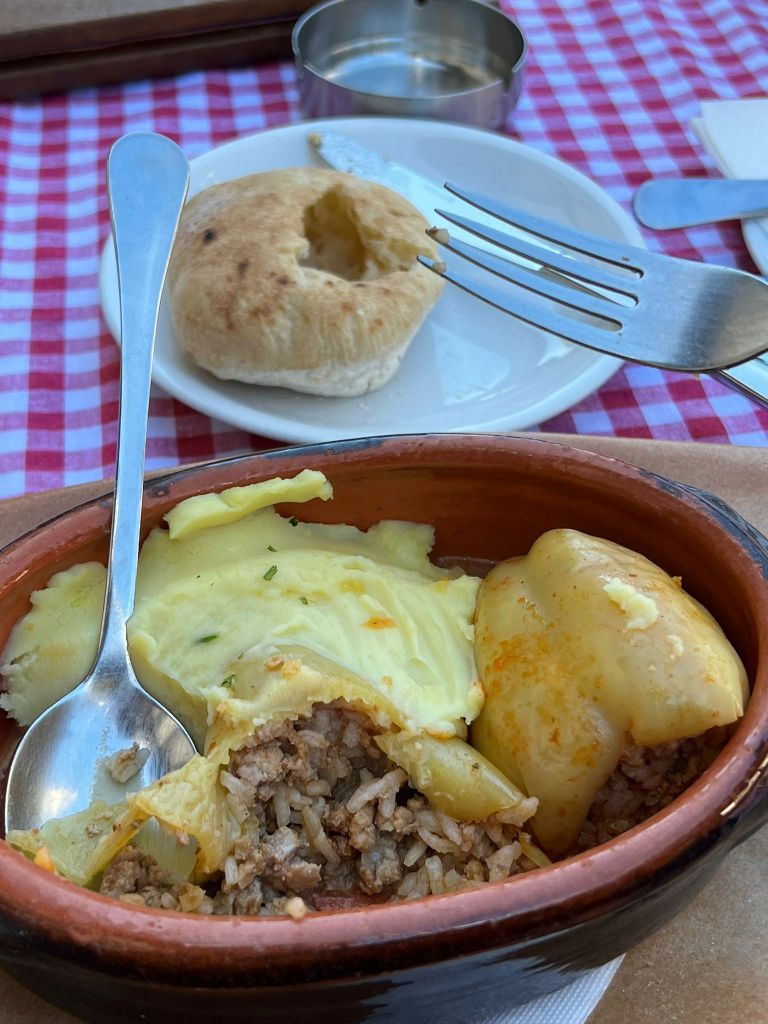
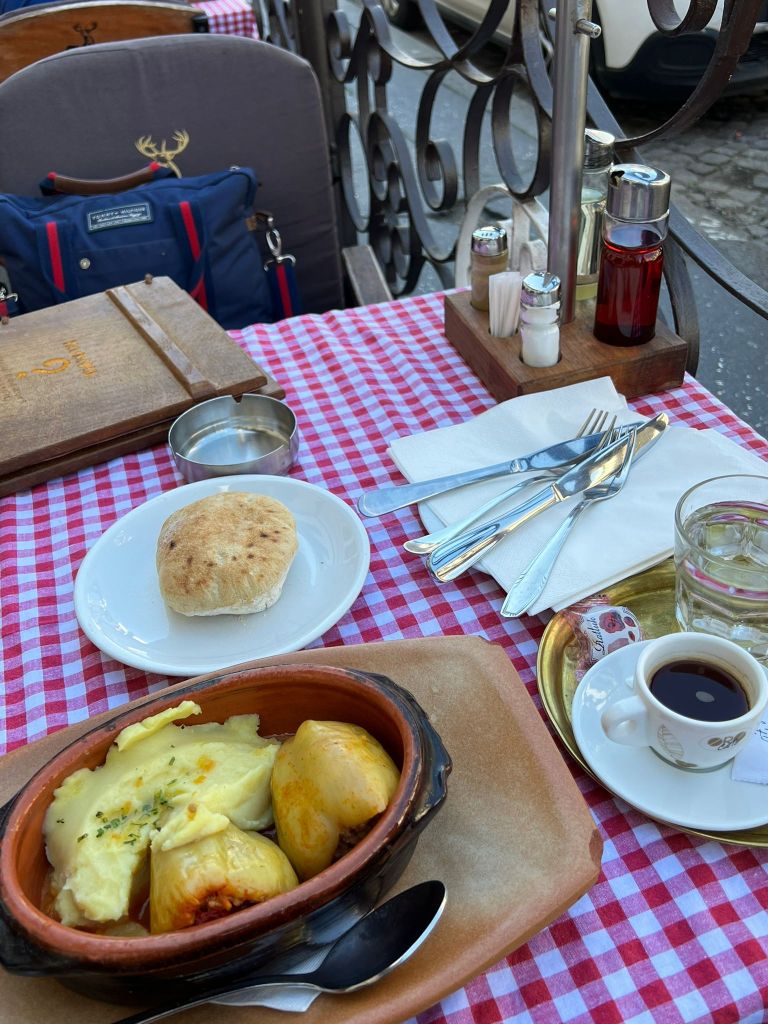

2) Na Ćošku – Michelin recommended, cosy with a French bistro vibe, and a nice place to park yourself if the line line to the Tesla museum is too long :p
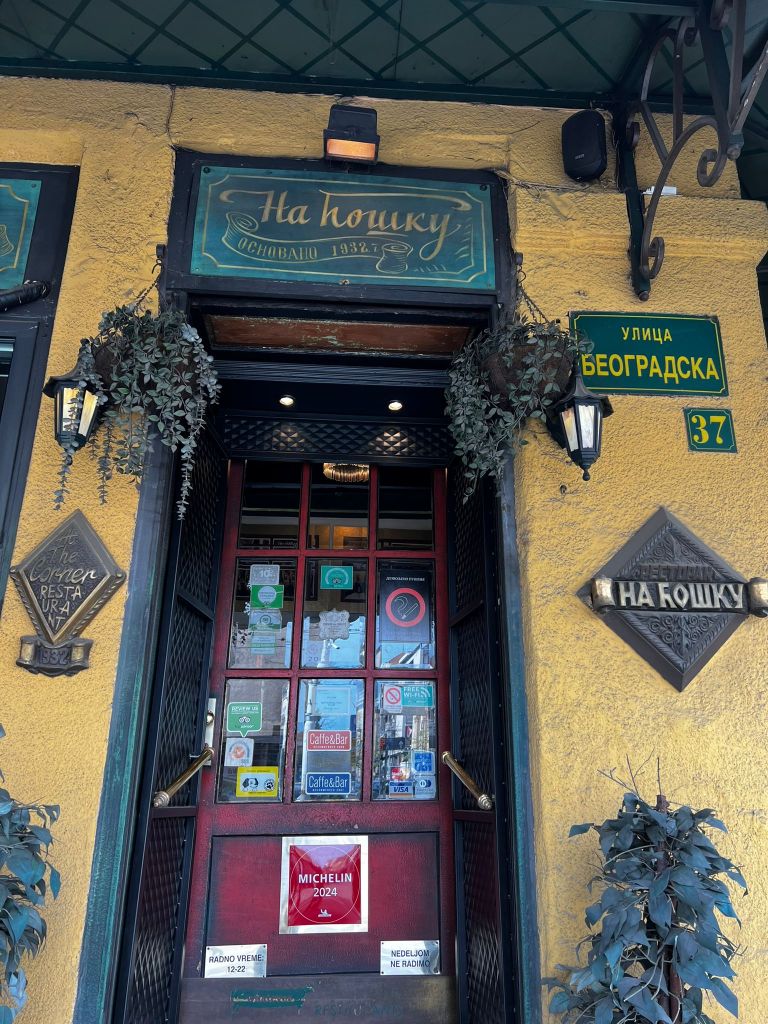
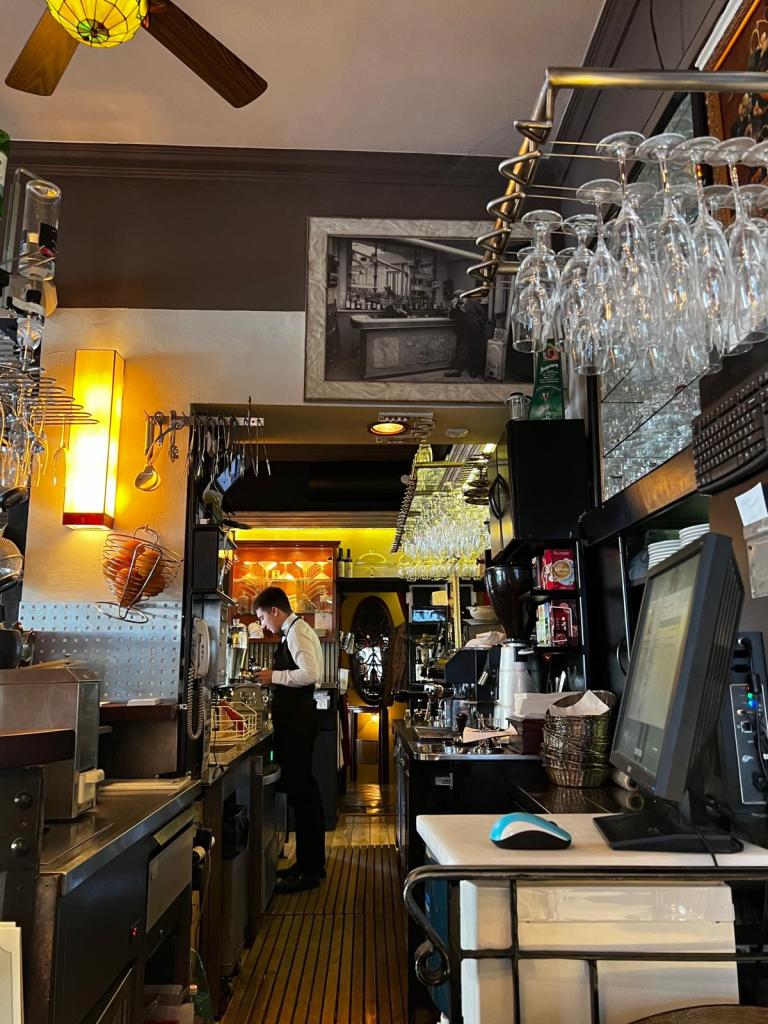
3) Intergalactic Diner – cute American style diner where you can choose your own music ag the jukebox

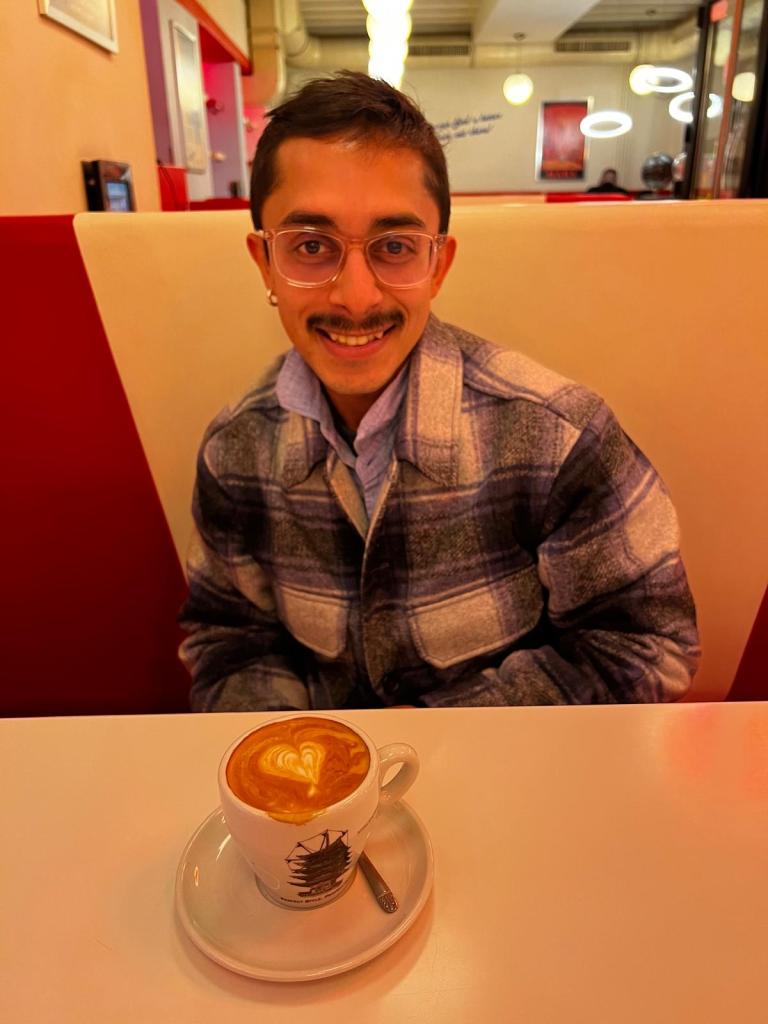
4) Tri Šešira – super lively with live music and the best cream pie I have ever had. But always booked out – maybe go post 23:00 and you might get a seat if lucky or book a few days in advance
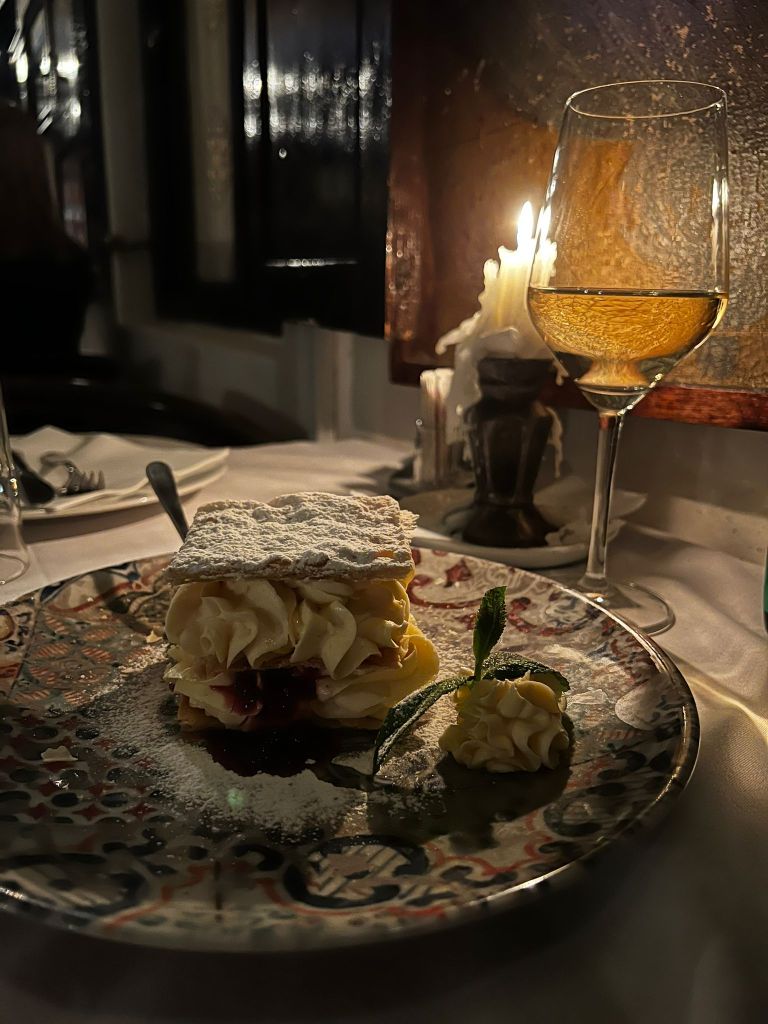
5) Smokvica – set in a vintage building and really cool vibes, especially for brunch on a sunny day
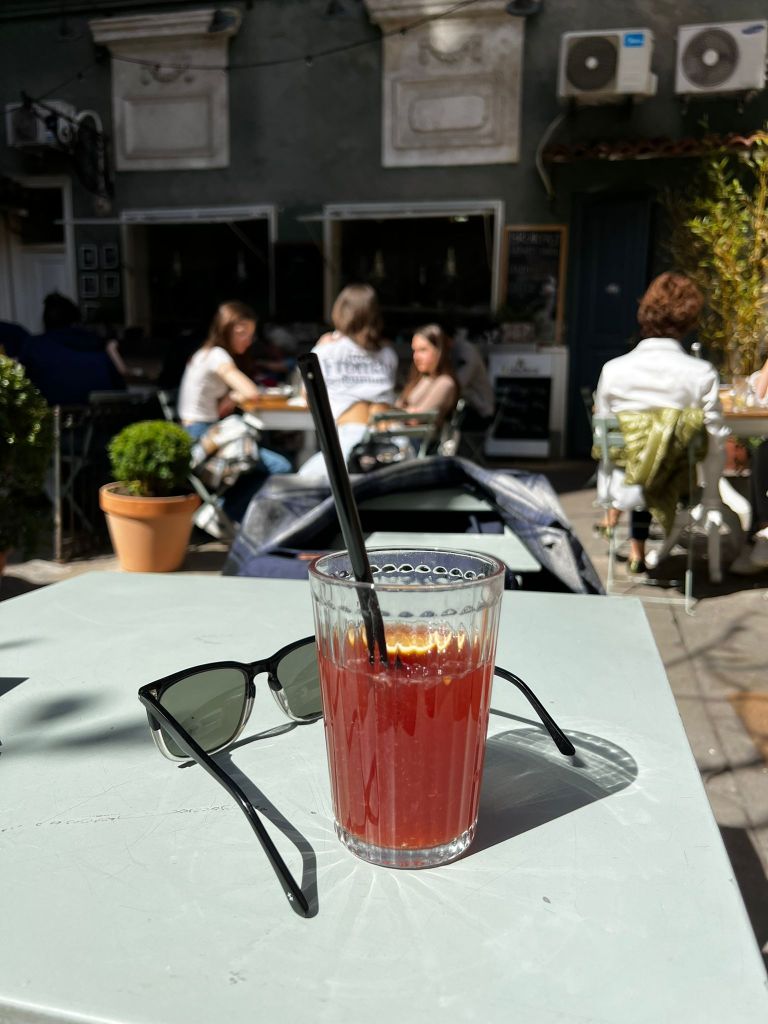
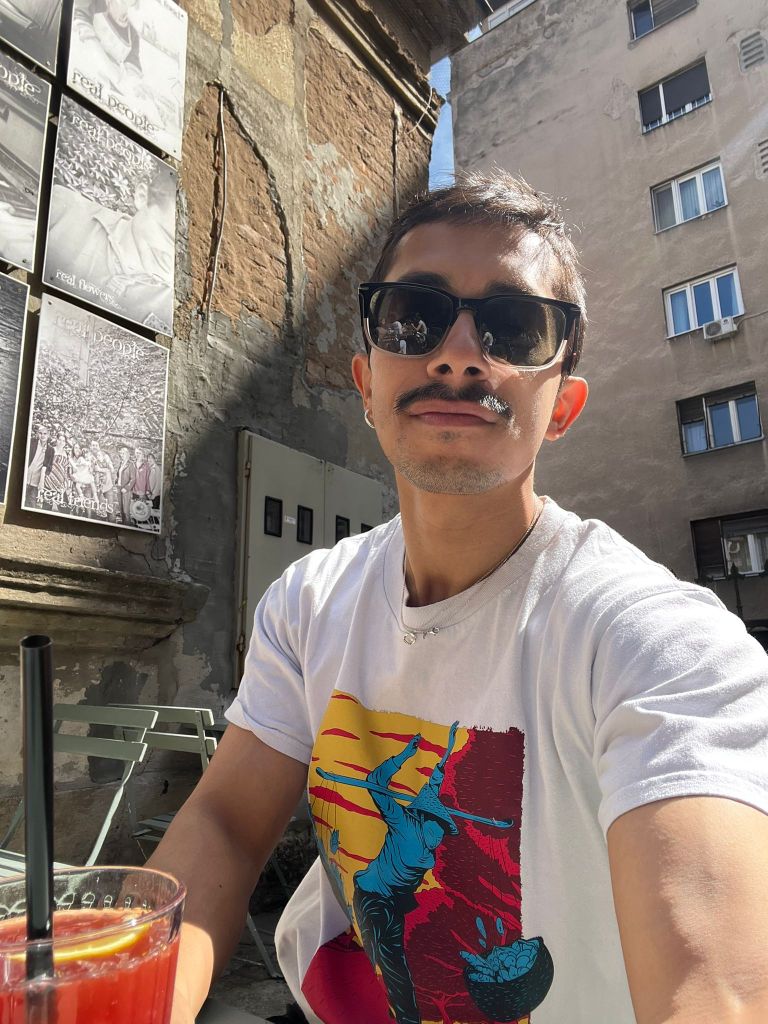
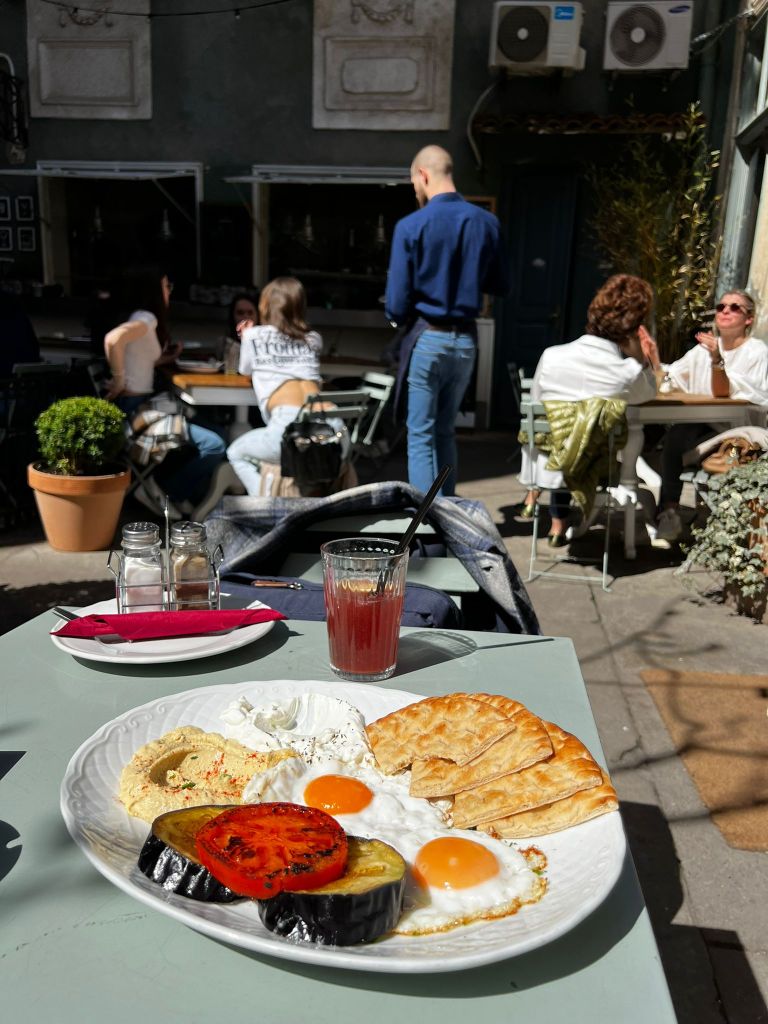

6) Banjalučki ćevapi– freshly fried and lightly spiced kebabs from the eponymous city in Bosnia and Herzegovina, rolled in a soft bun and generously doused with butter. Definitely enjoyed this Ottoman-influenced snack so much!

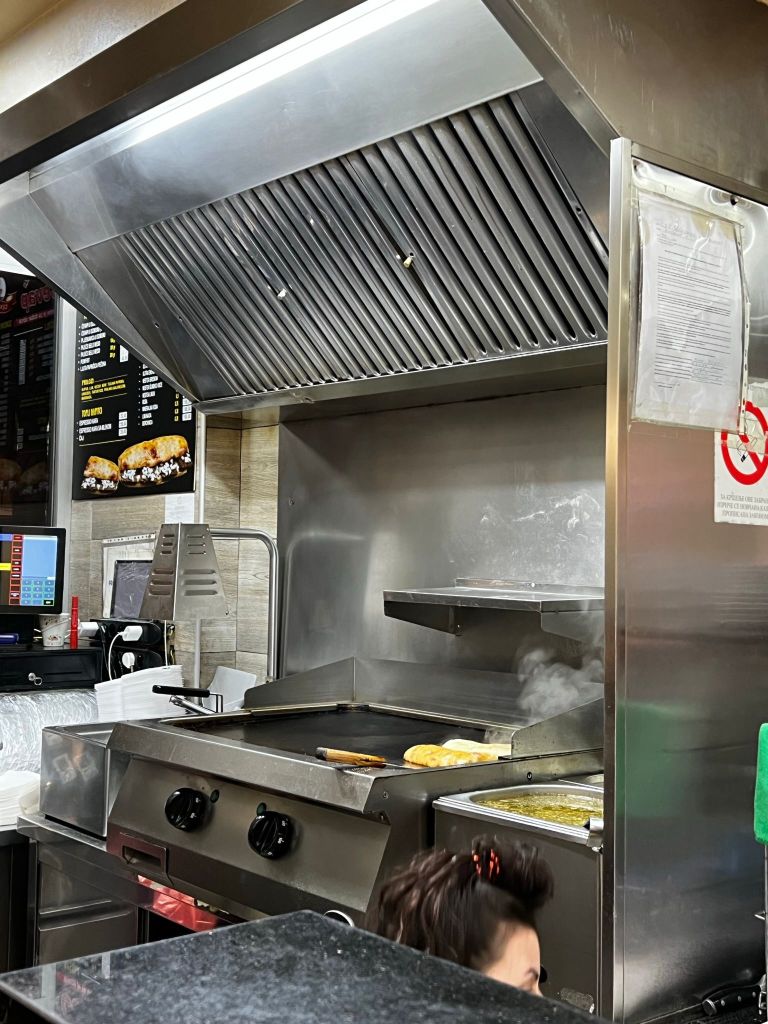
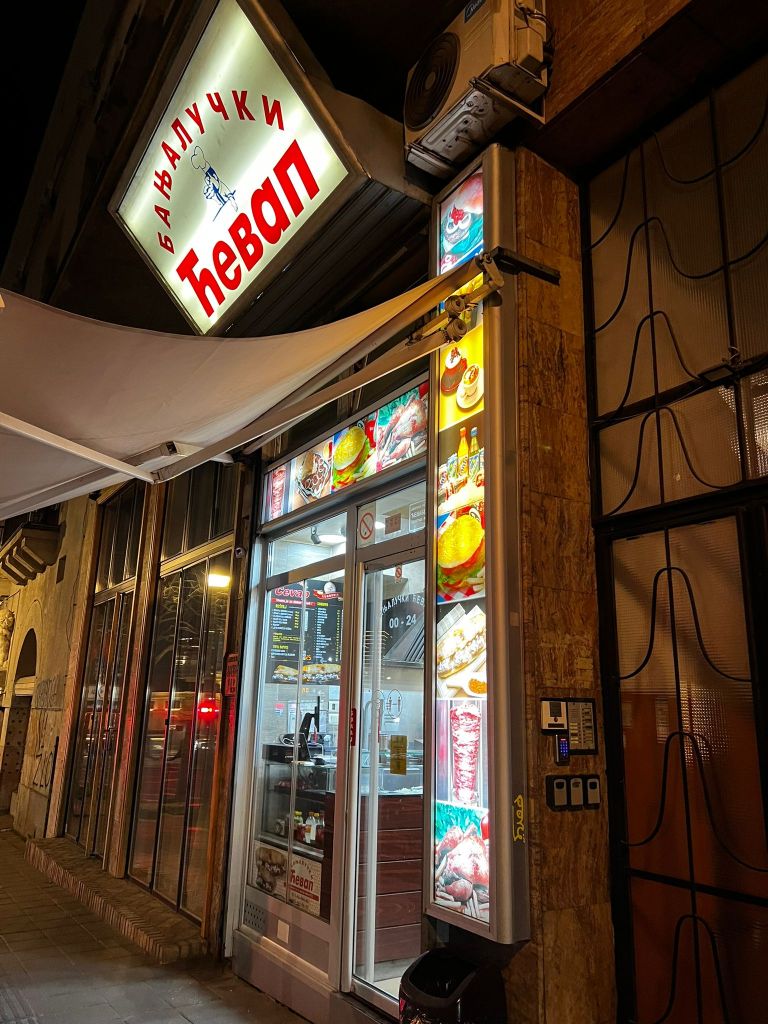
7) Proleće– for their hearty Serbian breakfast
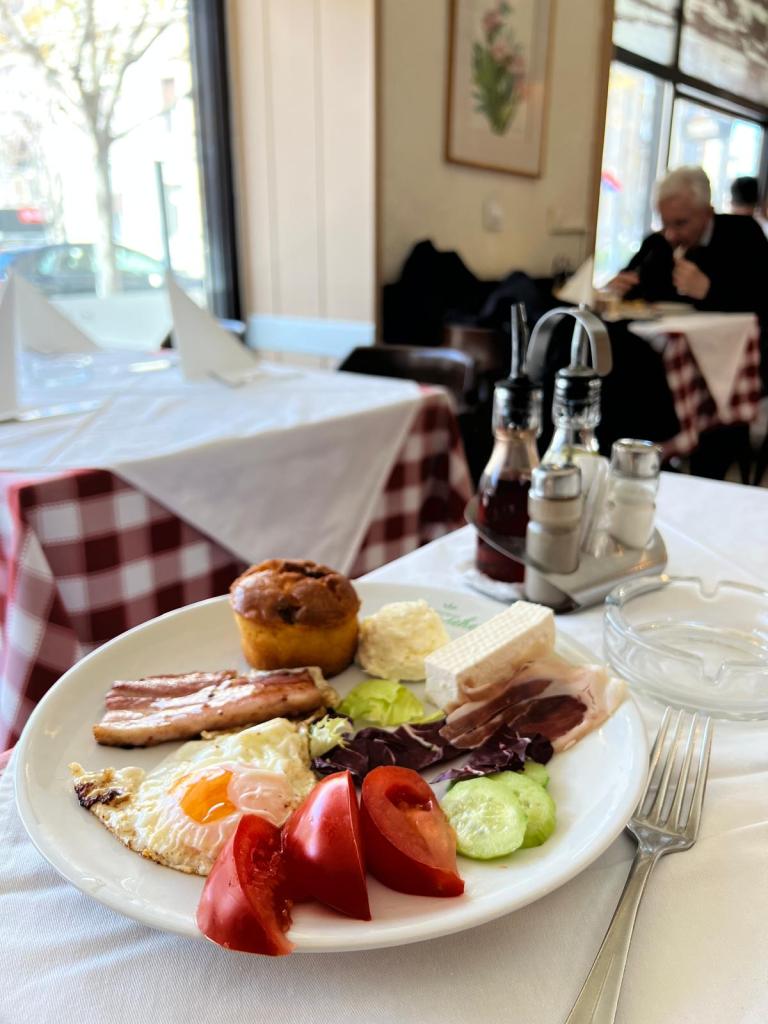
8) The numerous bakeries across the city- unlike many others I have seen across Europe for their sheer innovation. I especially loved the honey ensconced in a little heart-shaped bun. And of course, the mountains of “kaymak cheese”- the clotted cream cheese stacked in neat rolls, and a treat to look at
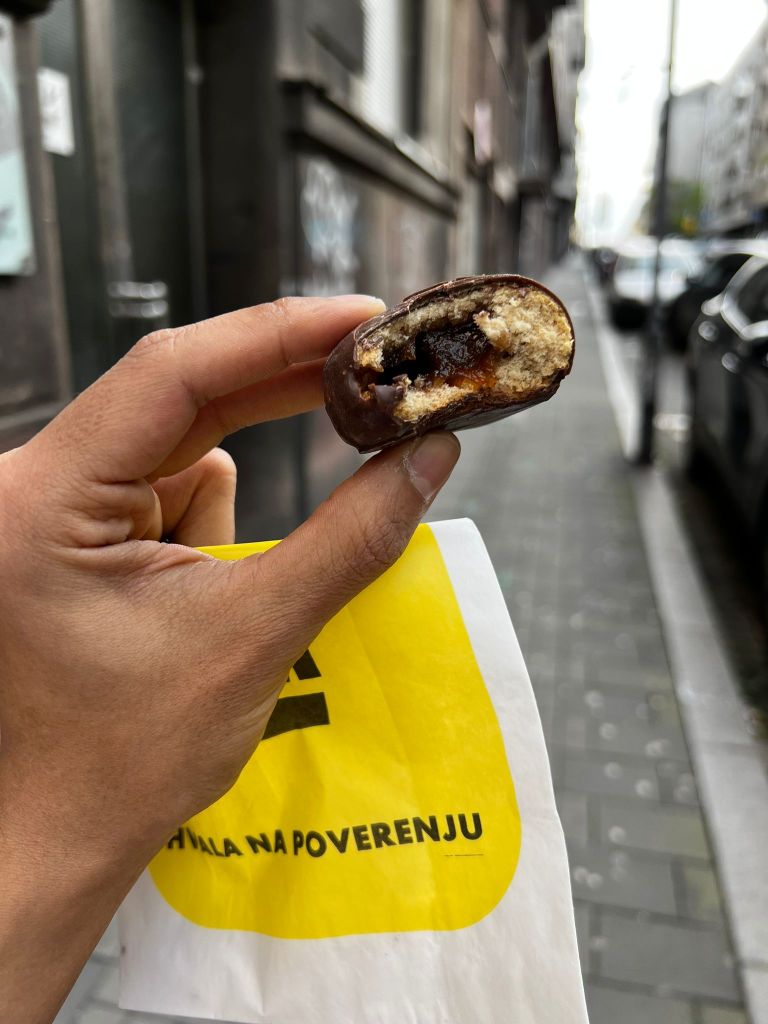

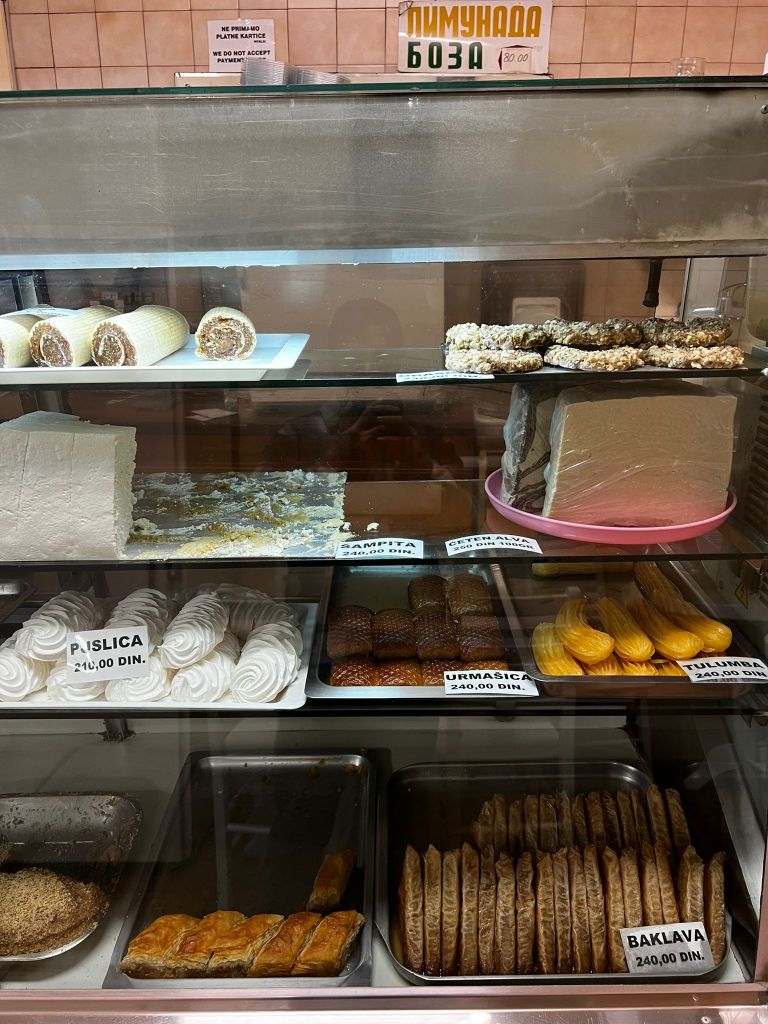
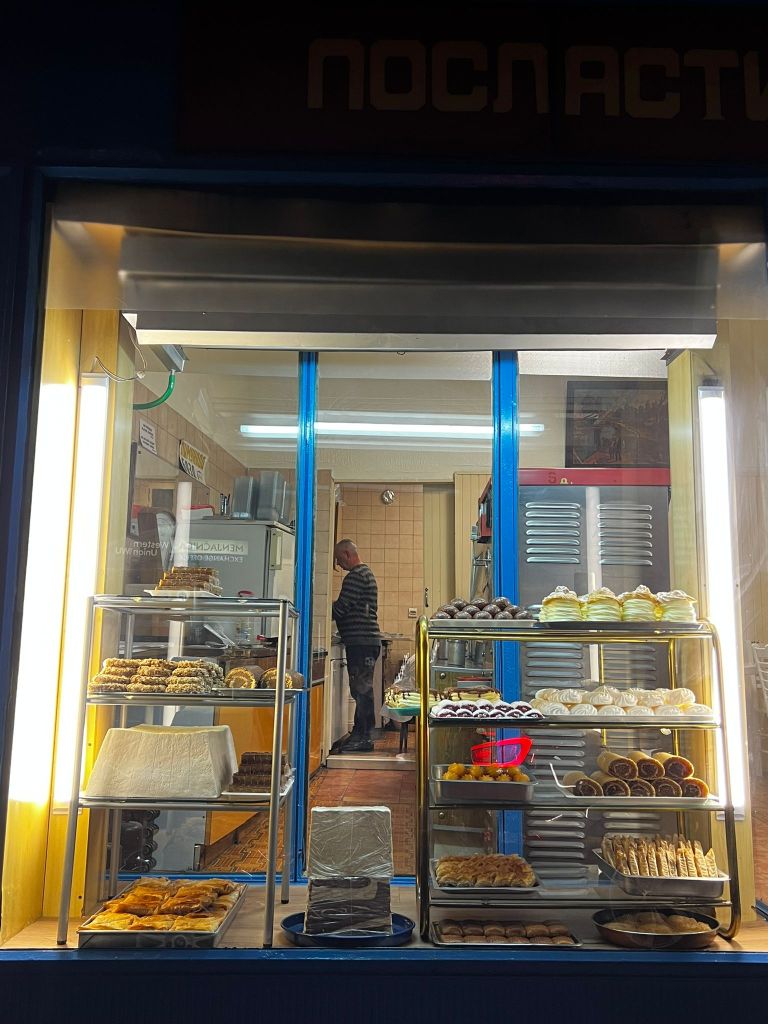

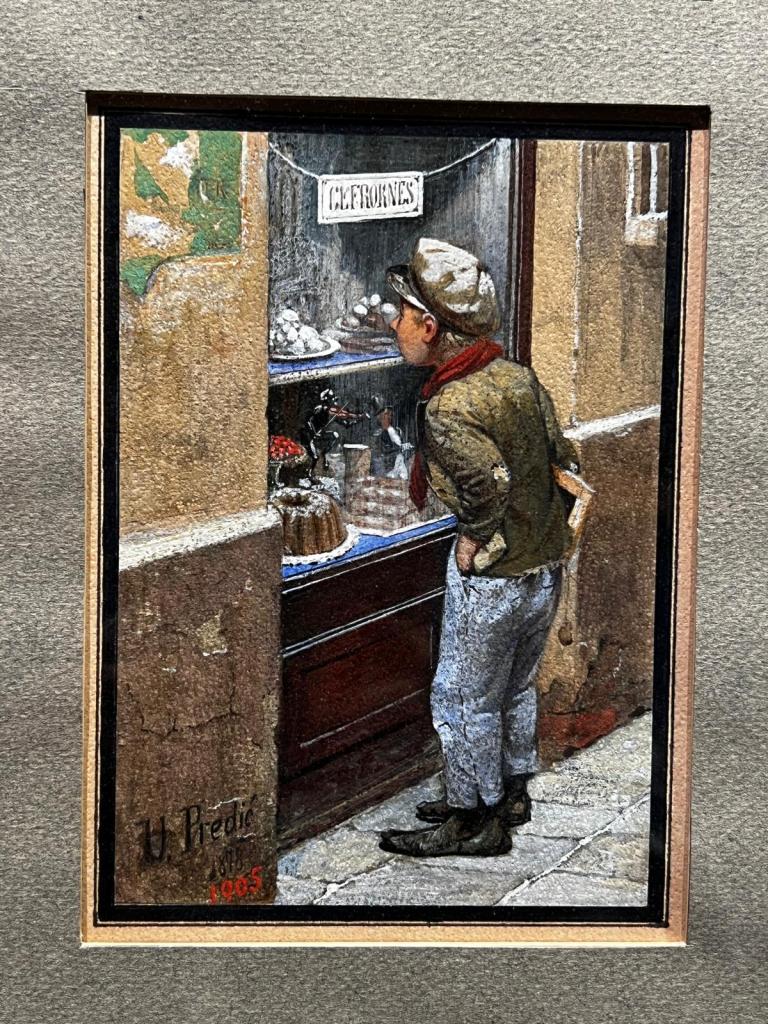
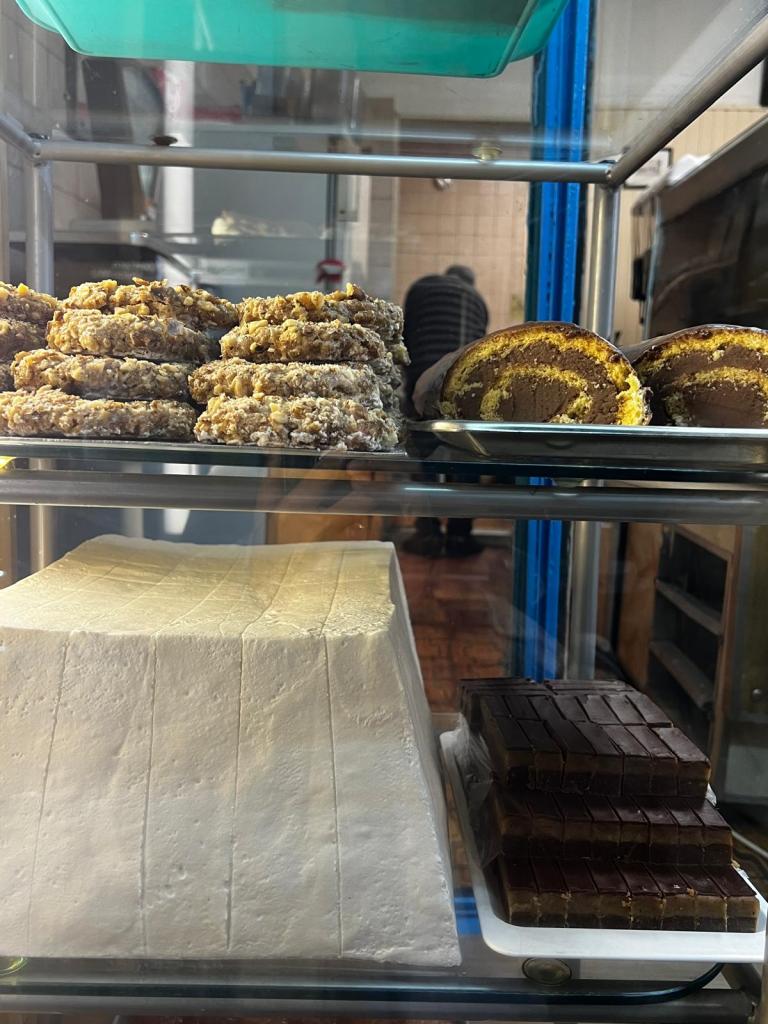
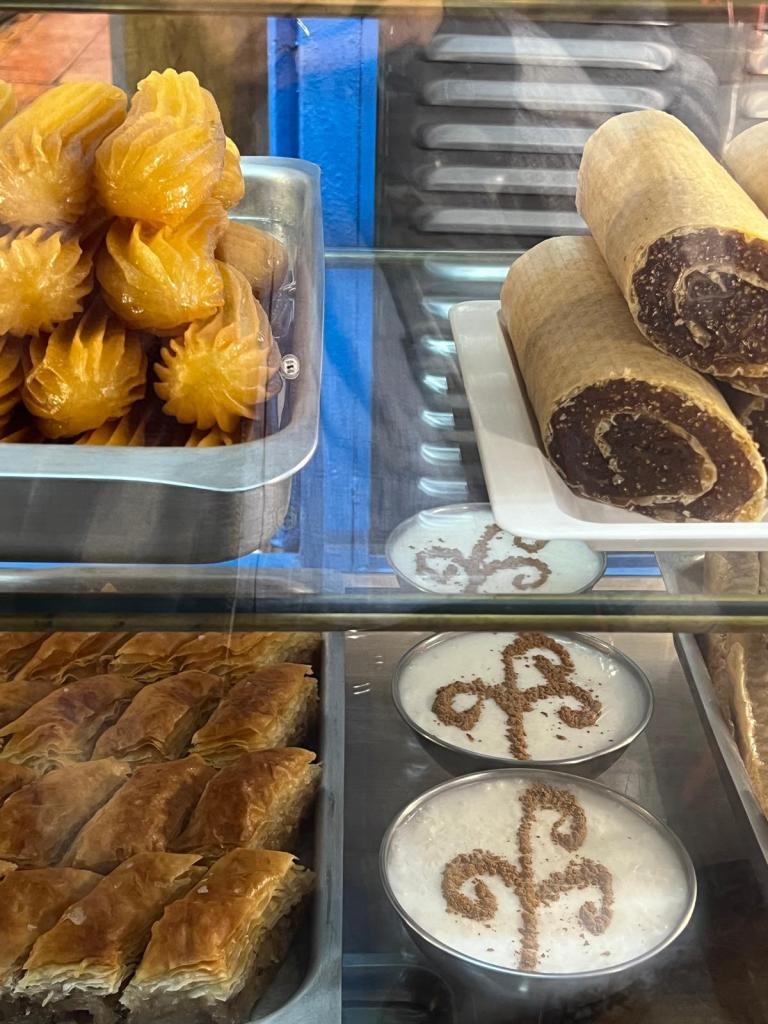
Places to visit
1) Saint Sava – the second largest Orthodox Church in the Balkans after the one in Romania, and super pretty
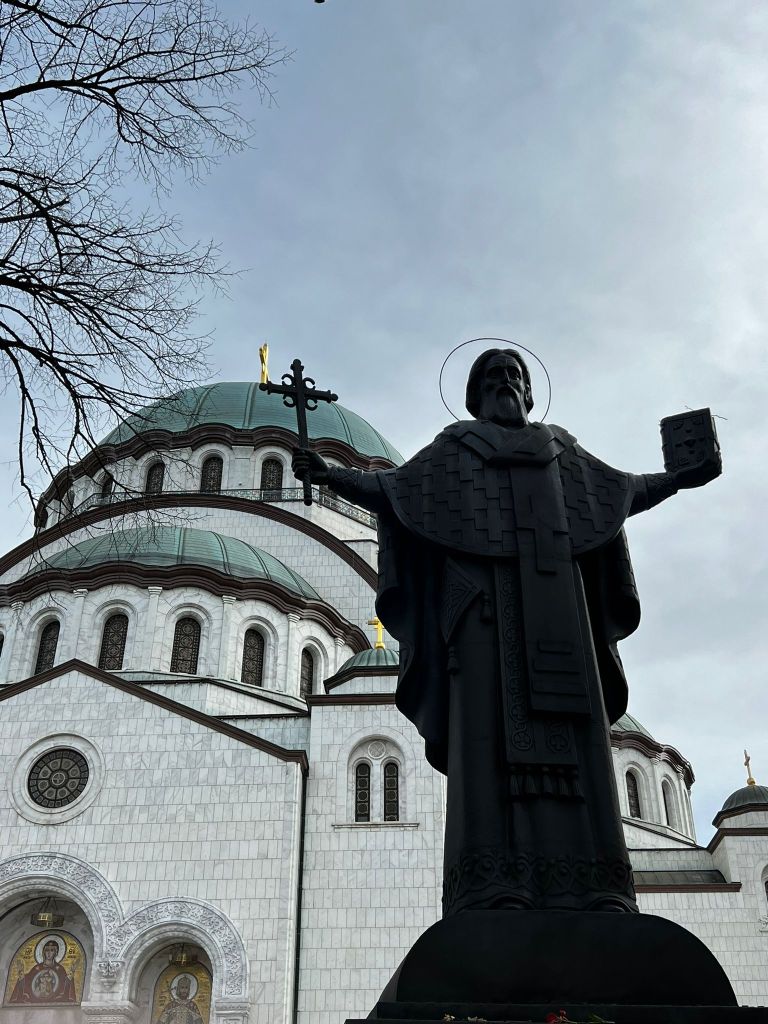
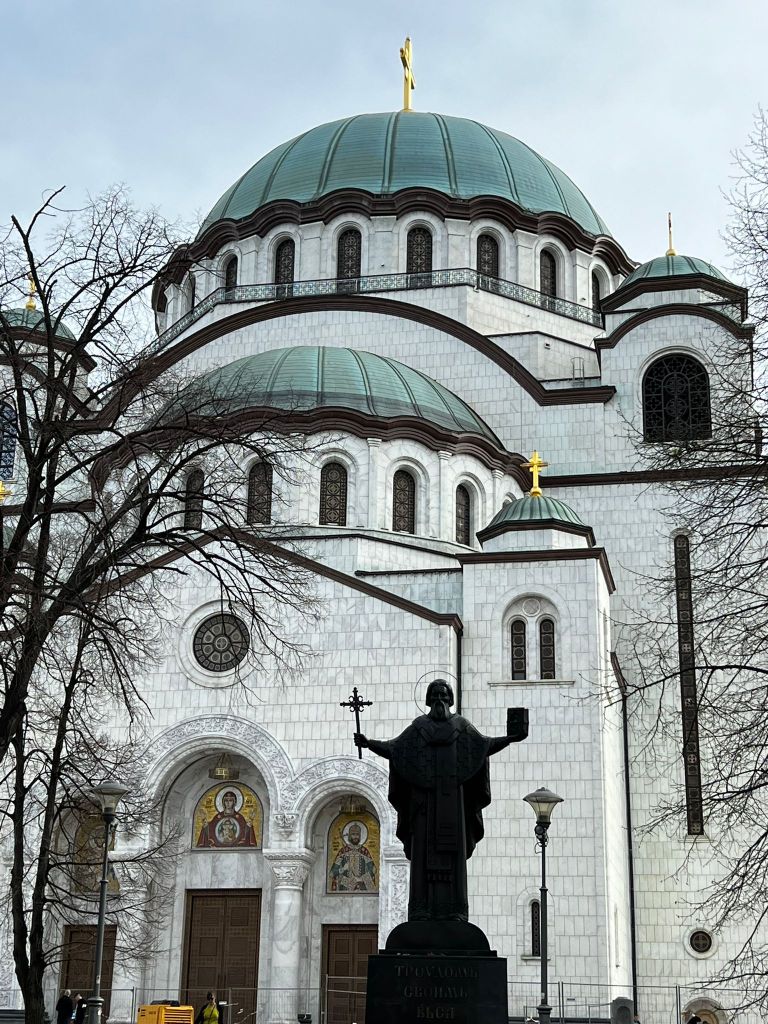
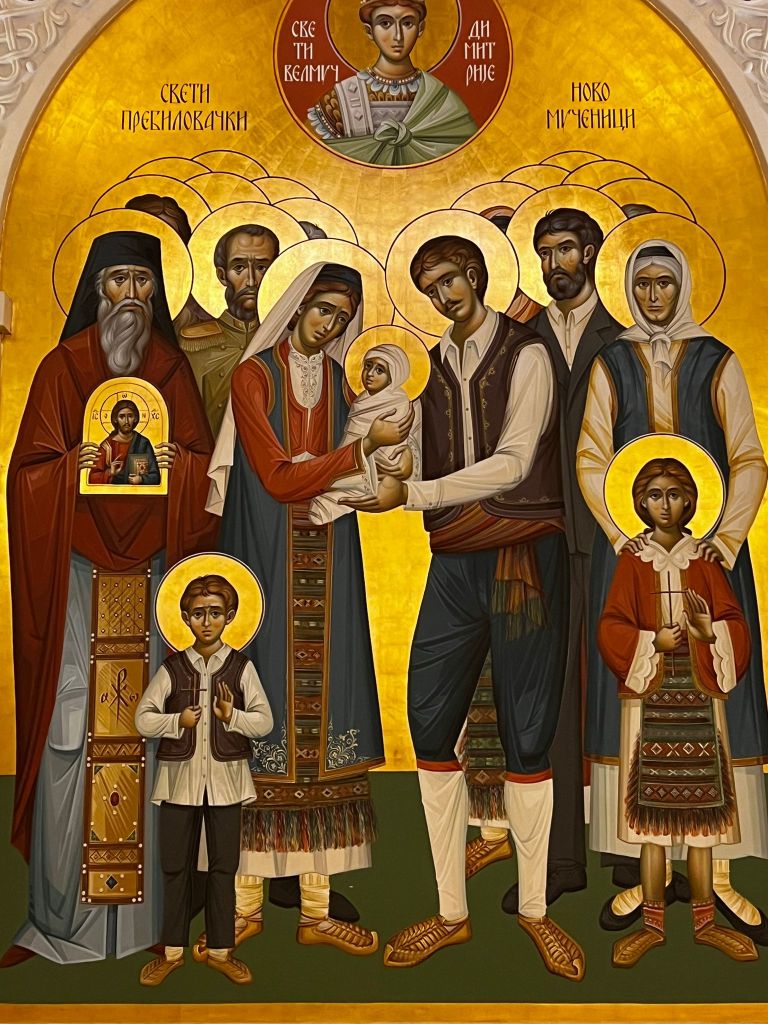
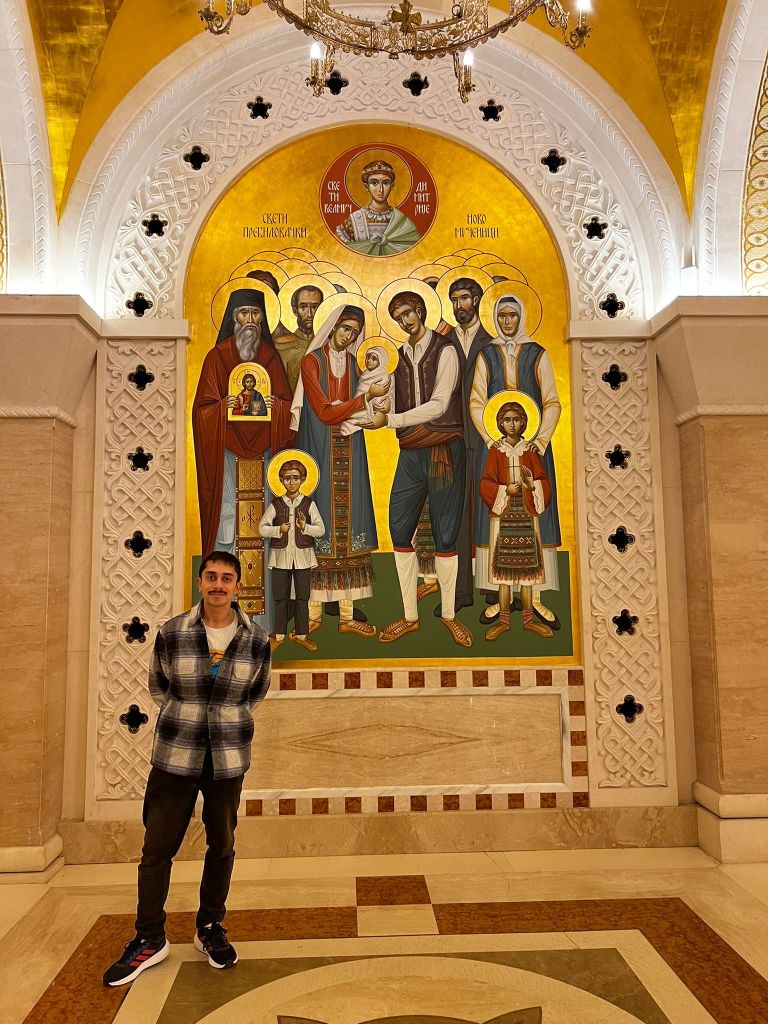
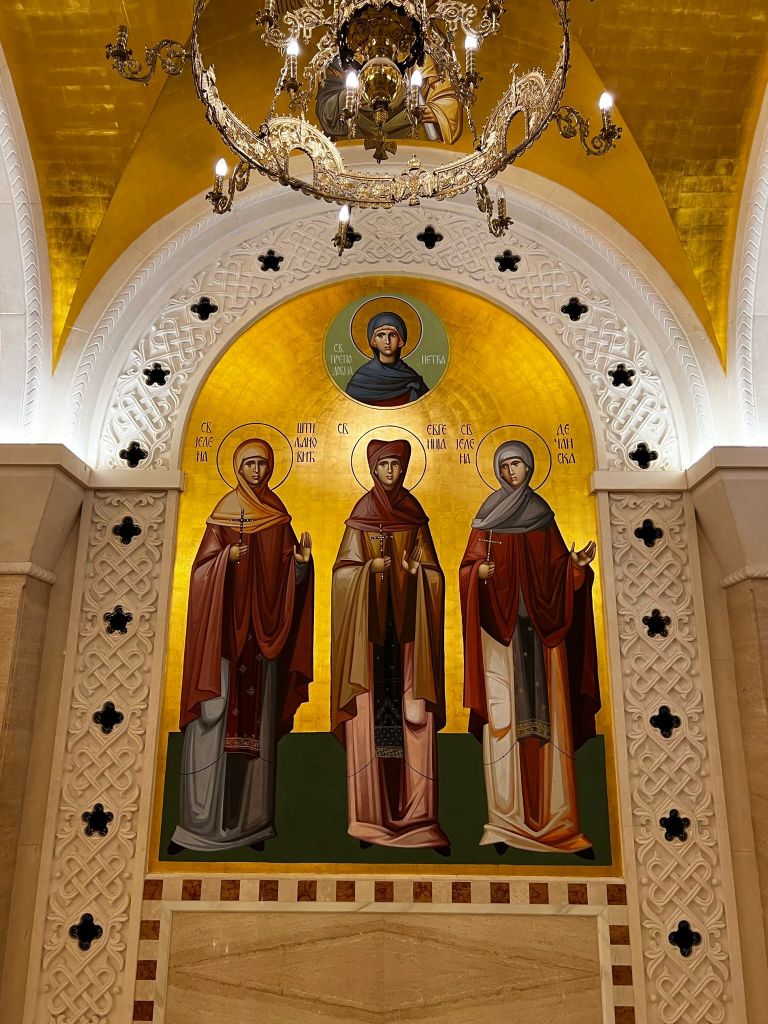



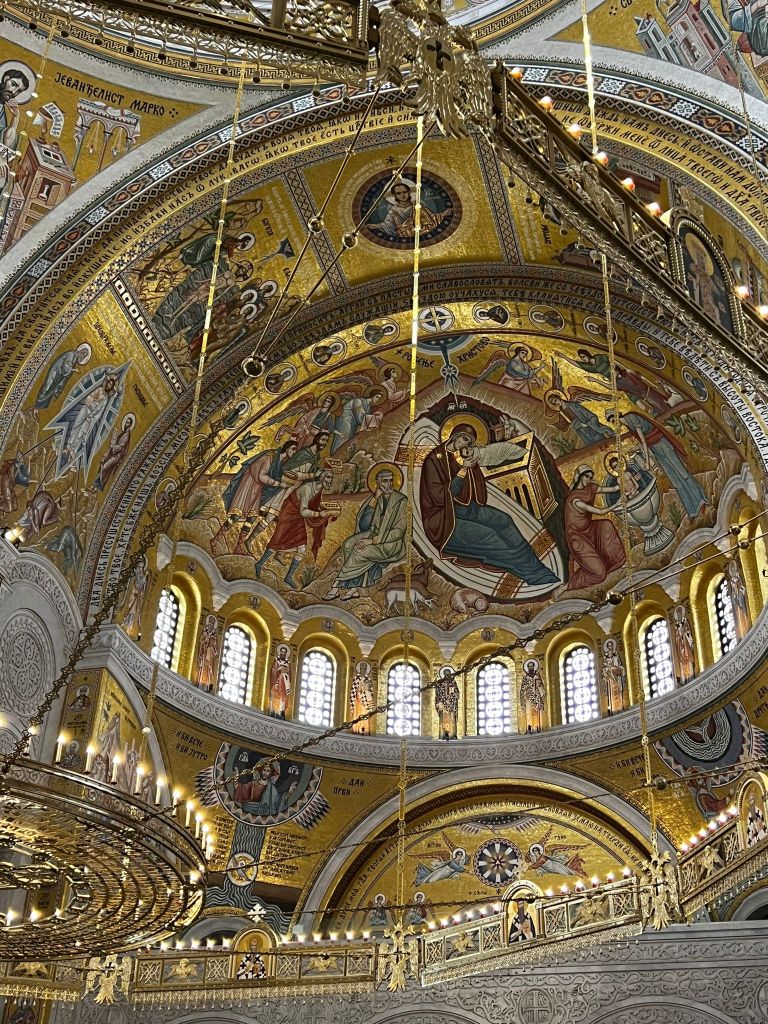
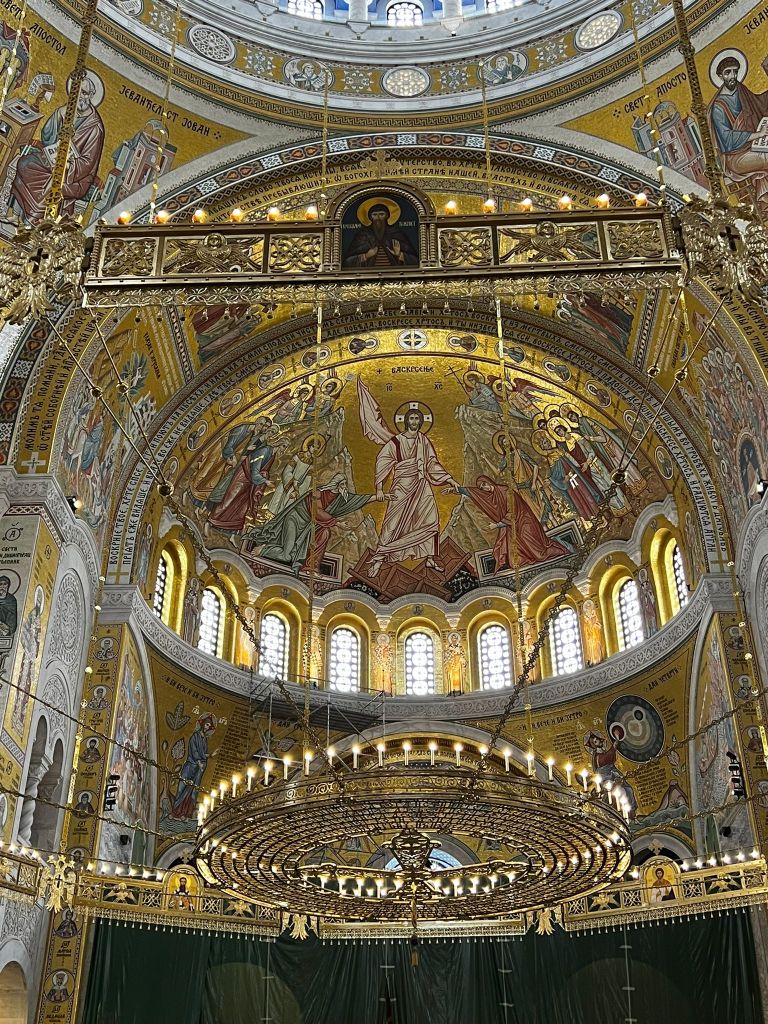

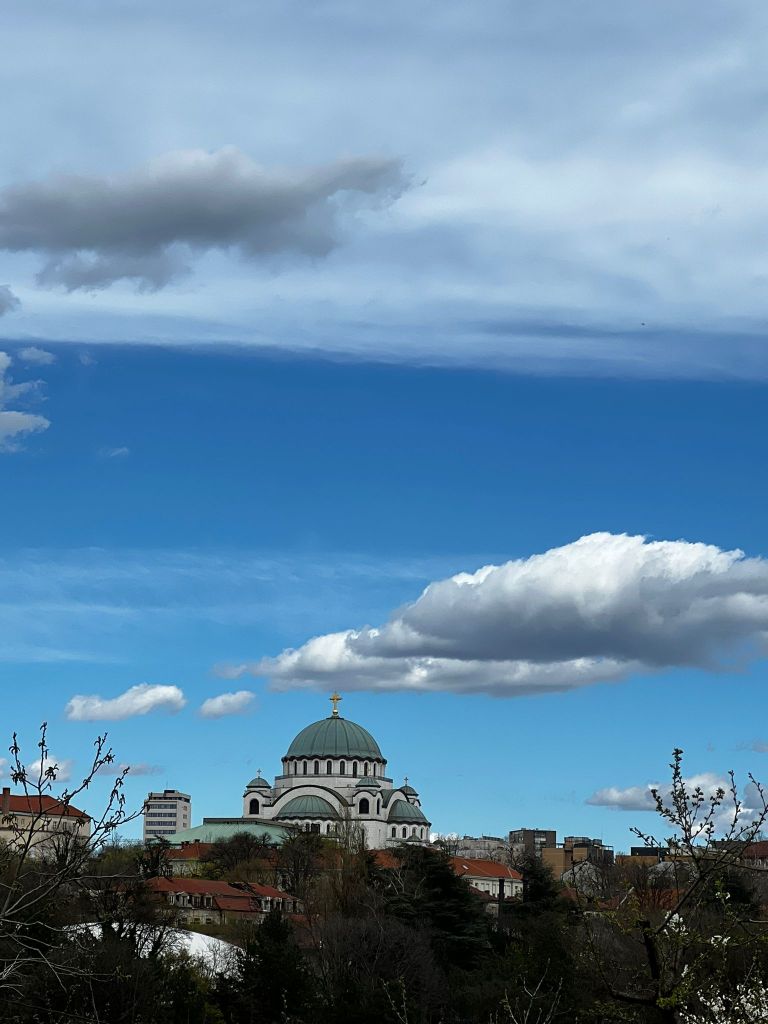

2) Ethnographic Museum- for a glimpse into the houses, clothes and music instruments of the varied people of this country, including from the countryside
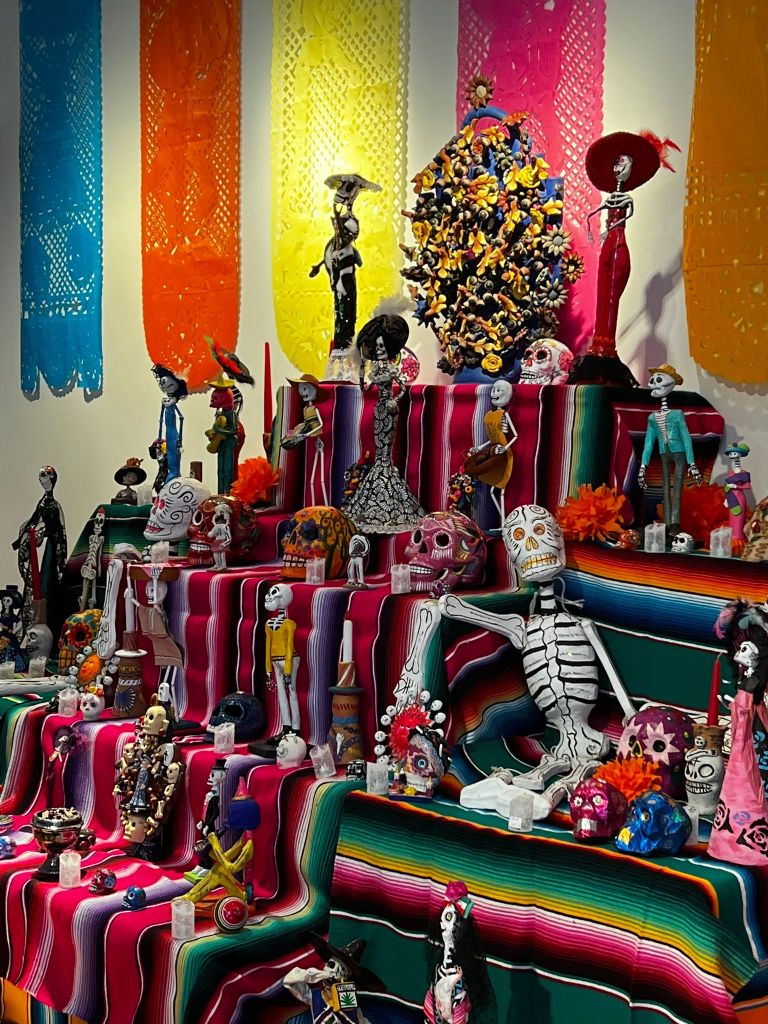
3) Museum of Romani culture- a curious little coffee shop with trinkets and objets d’art from this wandering community that has roots in north-western India (a lot of similarity with the Banjara community and found all across Europe today). They are traditionally known to be fortune-tellers with a simple modus operandi– allegedely sticks, stones and other “signs” are put up near a village by retreating members of the community which can be “read” by the new community members coming in to settle in
4) Museum of Yogoslavia- to engage in a lot of nostalgia

5) Nikola Tesla Museum- with a bunch of electrifying experiments. Do check for timings for when the demonstrations are in Serbian and in English though (or you could use Google to transcribe, as I did, since the English hours are packed!)
6) National Museum of Serbia- absolutely endless and filled with beautiful paintings across the Slavic, Christian, and modern Serbian styles

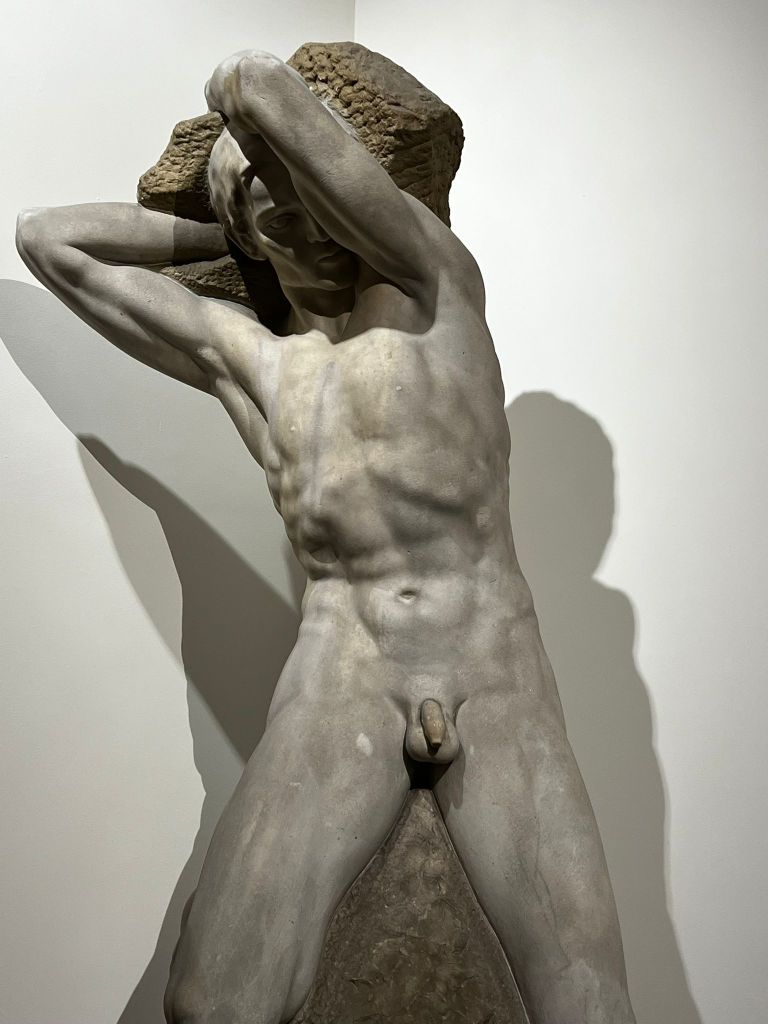
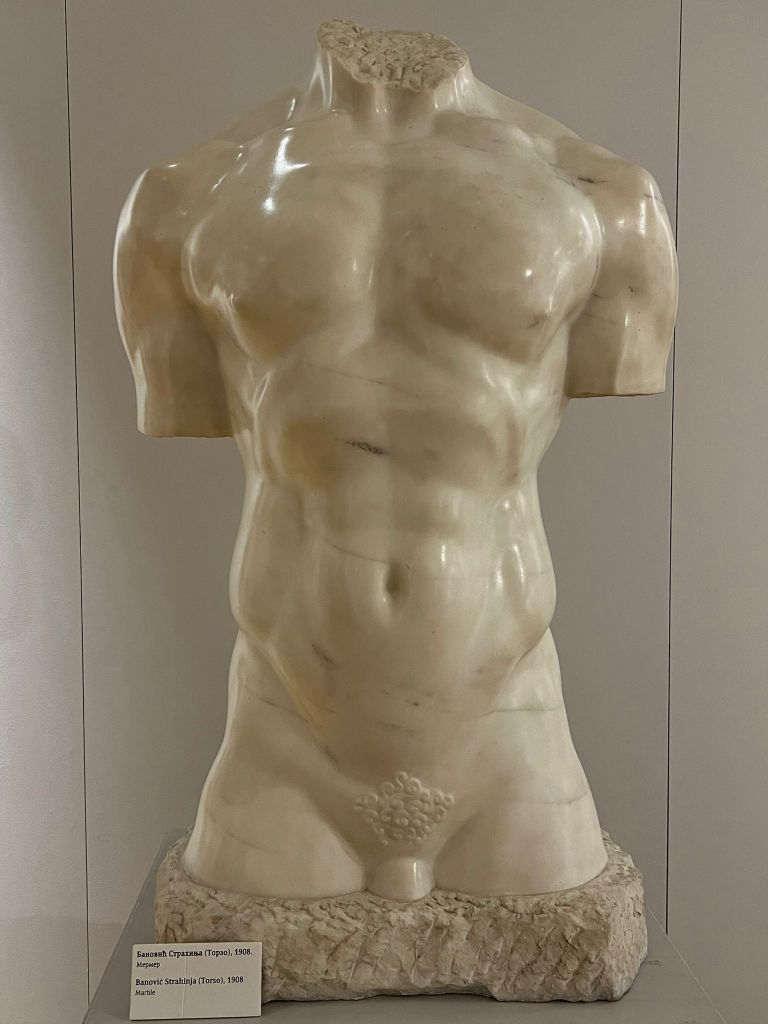
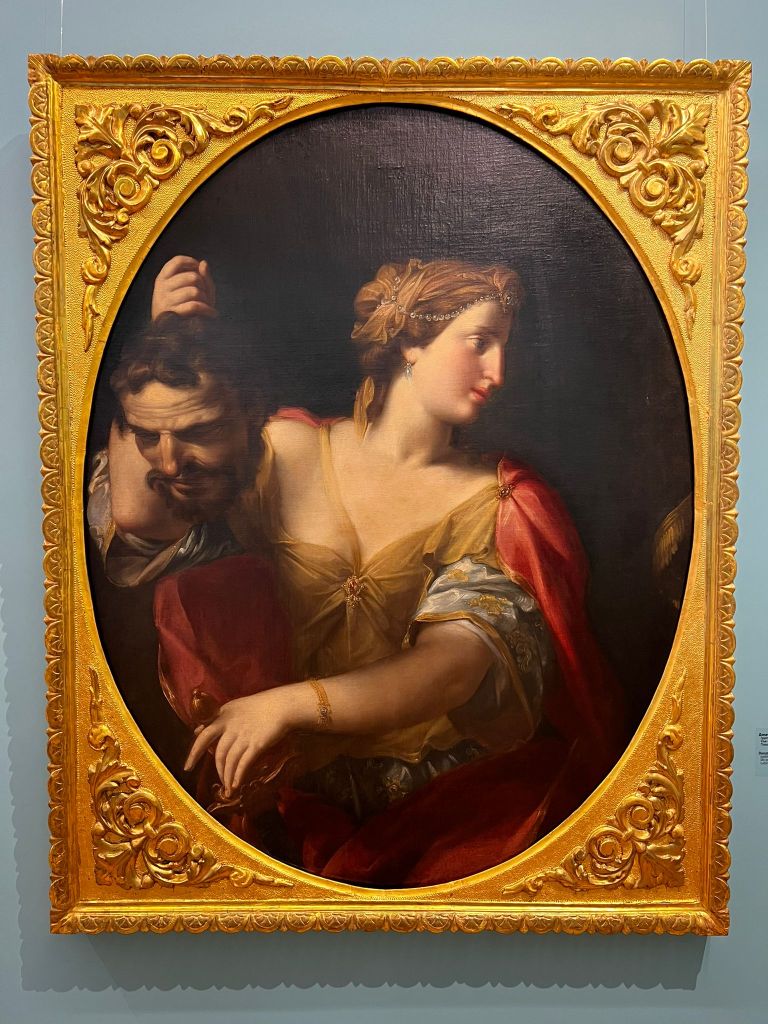

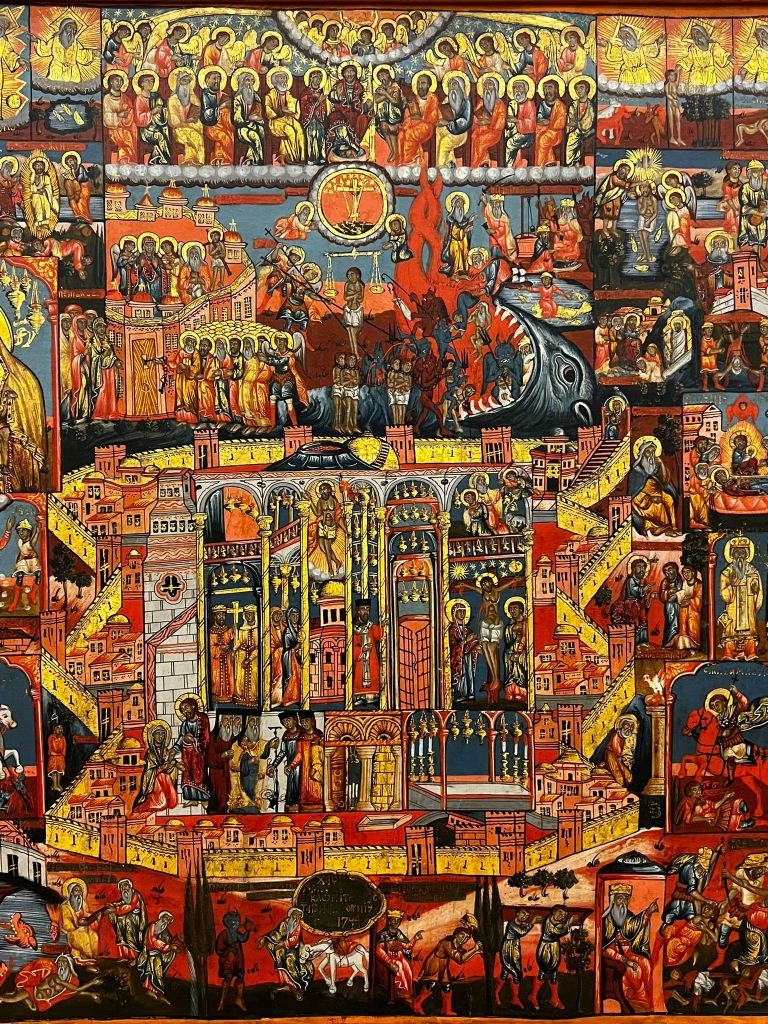


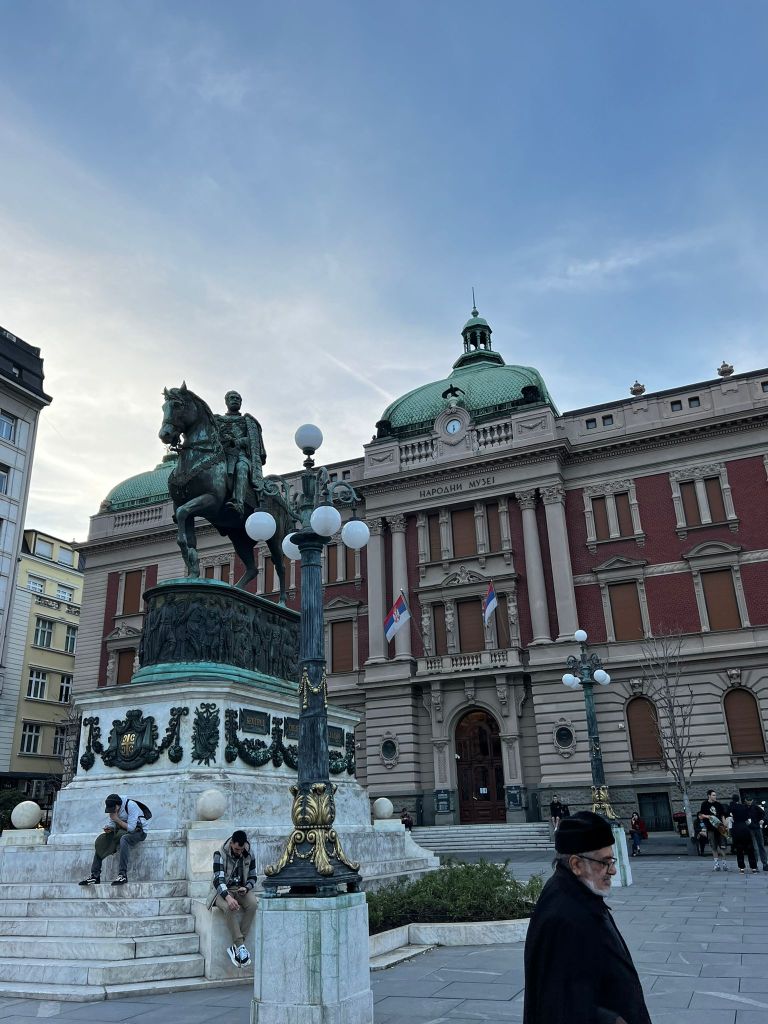
Best neighbourhoods
1) Knez Mihailova – fun and lively shopping street (like Strøget in Copenhagen)
2) Skadarlija- the “Montmartre” of Belgrade, filled with live music at restaurants serving traditional Serbian fare and full of statues of famous Serbian authors and artists. And a beautiful cobble-stoned hilltop, and hence the similarity to the eponymous street in Paris

